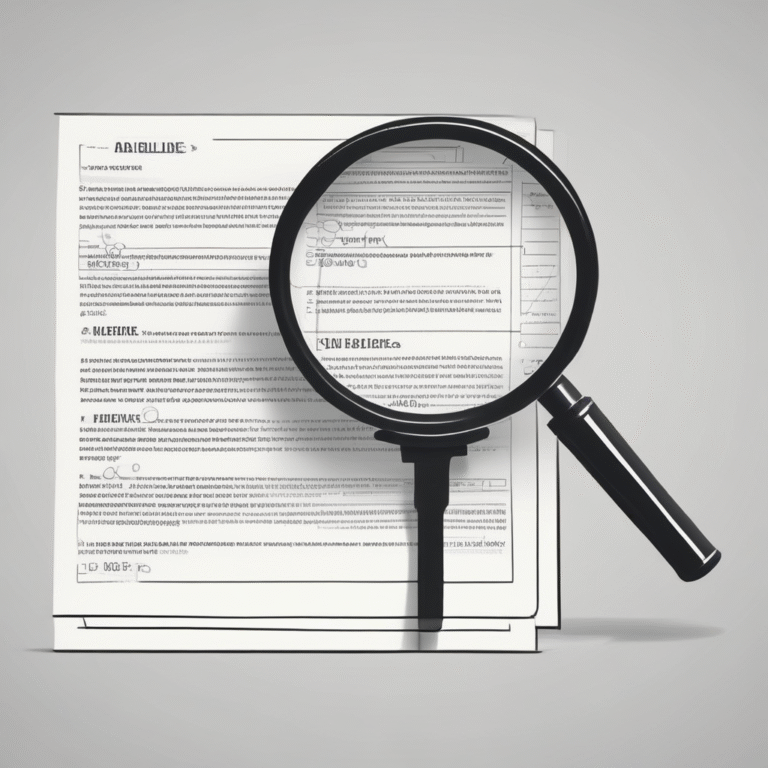Introduction to Real-Time Compliance Monitoring
In today’s rapidly evolving business landscape, real-time compliance monitoring has emerged as an indispensable tool for ensuring regulatory adherence across industries. As businesses face increasing pressure to comply with stringent regulations, the integration of compliance AI has revolutionized how organizations manage compliance processes. By leveraging advanced AI and machine learning technologies, companies can now continuously analyze transactions and activities, ensuring immediate conformity to regulatory standards.
This article delves into the transformative impact of compliance AI on real-time monitoring, showcasing how various sectors, including pharmaceuticals and finance, are harnessing these technologies. We will explore operational examples, technical insights, actionable strategies, and future trends that are shaping the future of compliance management.
How AI Enables Real-Time Compliance
Automated Data Collection and Integration
One of the primary advantages of compliance AI is its ability to automate data collection from diverse sources. AI-powered systems can seamlessly gather information from manufacturing lines, research labs, and financial transactions, integrating it into a cohesive system. This automation not only reduces human error but also enables organizations to maintain a comprehensive view of compliance status in real time.
Real-Time Anomaly Detection
AI’s ability to detect anomalies in business activities and transactions is a game-changer for compliance monitoring. With sophisticated algorithms, AI systems can identify irregularities that may indicate potential compliance breaches. This real-time detection allows companies to respond swiftly, minimizing risks and ensuring that regulatory requirements are consistently met.
Predictive Compliance Analytics
By analyzing historical data and identifying patterns, AI can predict future compliance risks. This predictive capability empowers organizations to take preventive measures, such as forecasting equipment malfunctions or process deviations. As a result, businesses can maintain continuous compliance and avoid costly penalties associated with regulatory violations.
Real-World Examples and Case Studies
Pharmaceutical Industry
In the pharmaceutical sector, companies are adopting AI-powered compliance systems to transform compliance monitoring from a reactive to a proactive process. AI systems automatically collect data from various sources, enabling real-time anomaly detection and response. This approach not only reduces human error but also enhances the efficiency of compliance processes, ensuring adherence to regulatory standards during drug manufacturing and clinical trials.
Financial Sector
Financial institutions are at the forefront of implementing AI for transaction monitoring and fraud detection. By using real-time transaction monitoring, these institutions can detect anomalies immediately, reducing false positives and enhancing risk detection. Additionally, generative AI is being utilized to automate compliance case management, allowing compliance teams to handle cases more efficiently and accurately.
Technical Insights
Machine Learning Models
Machine learning models play a crucial role in enhancing compliance monitoring. These models learn from new data, adapting to evolving regulations and predicting potential risks. By continuously improving their accuracy, ML models facilitate faster responses to emerging compliance challenges, ensuring that organizations remain compliant amidst a dynamic regulatory environment.
Natural Language Processing (NLP)
NLP is instrumental in document analysis and compliance audits. By processing and interpreting large volumes of textual data, NLP technologies aid in identifying compliance issues and streamlining regulatory reporting. This capability is particularly valuable for organizations dealing with complex documentation and regulatory requirements.
Actionable Insights
Best Practices for Implementation
- Continuous Monitoring: Regular audits and assessments are essential to ensure thorough compliance.
- Adaptive Compliance Frameworks: Leverage AI to adapt to changing regulations and maintain compliance.
Choosing the Right Tools
Selecting the appropriate AI compliance tools is crucial for successful implementation. Solutions like Compliance.ai offer regulatory change management and personalized dashboards, while Rapid Innovation’s AI Solutions provide tailored compliance solutions for financial institutions.
Challenges & Solutions
Key Challenges
- Data Quality Issues: Ensuring accurate and reliable data for AI systems is a significant challenge.
- Regulatory Complexity: Keeping up with the evolving regulatory landscape requires constant vigilance.
Solutions
- Data Validation Processes: Implement robust data validation techniques to ensure data quality.
- AI-Driven Regulatory Updates: Utilize AI to track and analyze regulatory changes, ensuring continuous compliance.
Latest Trends & Future Outlook
Emerging Trends
- Integration of Blockchain: Enhancing transparency and security in compliance monitoring through blockchain technology.
- AI Ethics in Compliance: Ensuring that AI systems are fair, unbiased, and ethical in their operations.
Future Developments
- Predictive Compliance Management: AI’s role in predicting and preventing compliance breaches will continue to expand.
- Increased Adoption Across Industries: AI compliance solutions are expected to be adopted by sectors beyond finance and pharmaceuticals.
Conclusion
The integration of compliance AI in real-time monitoring is unlocking new possibilities for businesses, enabling them to navigate complex regulatory landscapes with greater efficiency and accuracy. By automating data collection, enhancing anomaly detection, and leveraging predictive analytics, AI is transforming compliance management from a reactive to a proactive process. As industries continue to evolve, the adoption of AI-powered compliance solutions will be crucial in ensuring that organizations remain compliant, agile, and competitive in the future.










